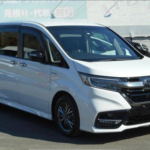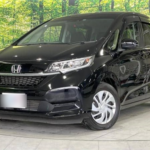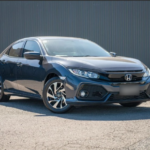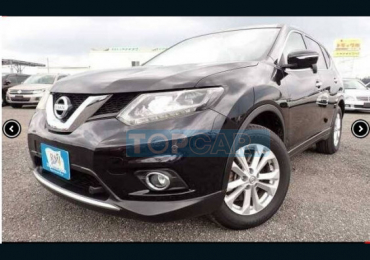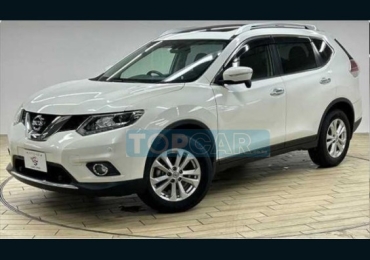2017 Range Rover Review
The Range Rover is a 4x4 SUV manufactured by Land Rover, a marquee and sub-brand of Jaguar Land Rover. It lives at the height of luxury, and its safety features are above-average, which is why those with deep pockets prefer it over other vehicles. Range Rover has several sub-brands, including the Range Rover Sport, which is based on the Land Rover Discovery platform, the Range Rover Evoque, and the Range Rover Velar. Although it is an excellent vehicle, it competes with the Bentley Bentayga, Mercedes-Benz G-class, Porsche Cayenne, Lexus LX 570, Cadillac Escalade, and Mercedes-Benz GLS.
Detailed Review
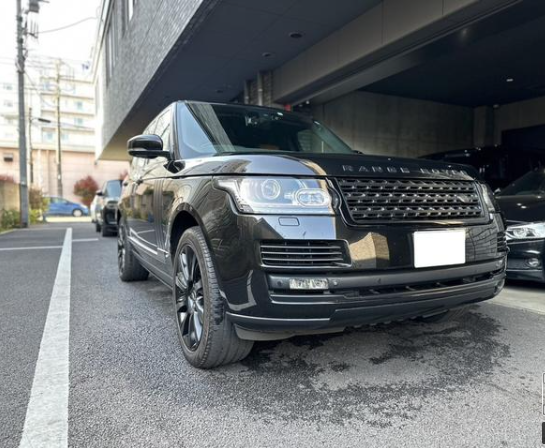
2017 Range Rover side and front view
The first generation Range Rover was manufactured from 1969 through 1993. It was only available in a 2-door form until 1981 when the 4-door model was released. The Range Rover was never intended to be luxurious. The Range Rover had a body-on-frame design with a box-section ladder-type chassis. The Range Rover had coil springs rather than leaf springs, permanent four-wheel drive, and four-wheel disc brakes.
The second generation of the Range Rover began production in 1994 and lasted until the year 2000. This model was built on the long wheelbase chassis and had an upgraded version of the Range Rover V8 engine. It was the first model to include satellite navigation as a feature.
Between 2001 and 2011, the third generation of the Range Rover was produced. The BMW 7 series shared components and systems with this generation. From 2001 to 2004, the L322 was powered by a regular BMW E39 electrics system. From 2005 through 2009, the L322 received an improved Jaguar-derived electrical system that included fiber optics and Bluetooth. From 2010 to 2012, the L322 received upgraded Jaguar-derived electrics, the first “modern feeling” system, with a rotary dial replacing the gear lever.
Until 2006, the interiors remained largely unchanged. In 2010, a number of new engines were introduced, including 5-liter variants of the petrol V8 in regular and supercharged forms, as well as revisions to the exterior front and rear lines.
The fourth generation of the Range Rover began production in 2012 and lasted until 2021. Instead of the steel unibody used in the third generation, this version has an all-aluminum monocoque unitary body structure. During this time, the Range Rover hybrid, a diesel-powered hybrid electric, was revealed. The Range Rover Plug-in Hybrid, a petrol-powered variant, was released in 2018.
The fifth generation of the Range Rover began production in 2022 and is presently in production. The 2017 Range Rover is available with three engine options: a 3.0 L (Petrol), a 3.0 L (Diesel), and a 5.0 L (Petrol), all connected to an 8-speed automatic transmission.
2017 Range Rover Grades
- 5.0 L Supercharged- This entry grade comes with 4-zone climate control, heated & cooled rear seats, front center console cooler compartment, massage front seats, and lane keep assist.
- 5.0 L Supercharged LWB- This grade boasts adaptive xenon headlamps, auto high beam assist, surround camera system, traffic sign recognition, adaptive cruise control, and retention net.
- 5.0 L Supercharged Autobiography- This grade has an automatic equalizer, retention net, rear entertainment system, 2 wireless headphones, Radio data system, and Audio theft deterrent.
- 5.0 L Supercharged SV Autobiography- This grade is fitted with a body-colored rear step bumper, automatic high beams, LED brake lights, a Real-Time traffic display, and 2 LCD monitors in the front.
- 3.0 L Supercharged– This grade is equipped with a driver condition monitor, reverse traffic detection, adaptive cruise control, blind spot monitor, and All terrain progress control.
- 3.0 L Turbocharged Diesel Td6- This grade boasts auto high beam assist, blind spot monitor, surround camera system, configurable interior mode lighting, and auto-dimming exterior mirrors.
- 3.0 L Supercharged HSE- This grade is fitted with 4-zone climate control, driver condition monitor, All terrain progress control, traffic sign recognition, and lane keep assist.
- 3.0 L Turbocharged Diesel HSE Td6- This grade has a Real-Time traffic display, adaptive cruise control, digital signal processor, Audio theft deterrent, and an automatic equalizer.
Interior
Legroom & Space
The 2017 Range Rover is a five-seater with high-quality materials and leather-covered surfaces inside. Its cabin is incredibly sumptuous, and none of its competitors can match it.
The first-row seats are exceptionally comfy and snugly wrap you in. There is a lot of leg and headroom.
The second row is also outstanding, with plenty of room to stretch comfortably. This seat may also recline to accommodate the occupants’ preferred position.
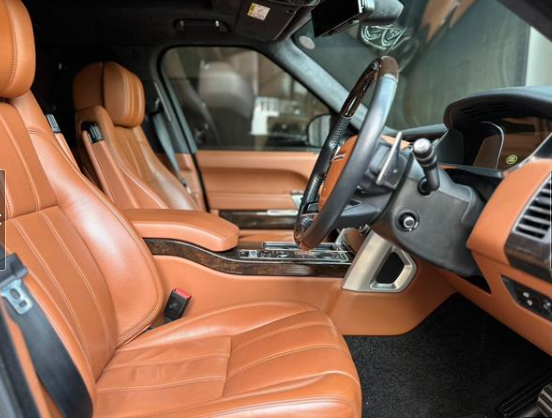
2017 Range Rover first row
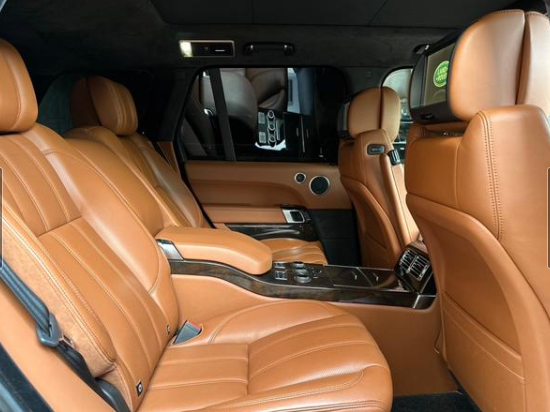
2017 Range Rover second row
Cabin Storage
The 2017 Range Rover has various storage compartments in the cabin for items like smartphones, beverages, sunglasses, and other things. The first row includes two cupholders, door panel storage, a glovebox, and a center box. There are 2 cupholders, front seat jacket pockets, and door pockets in the second row.
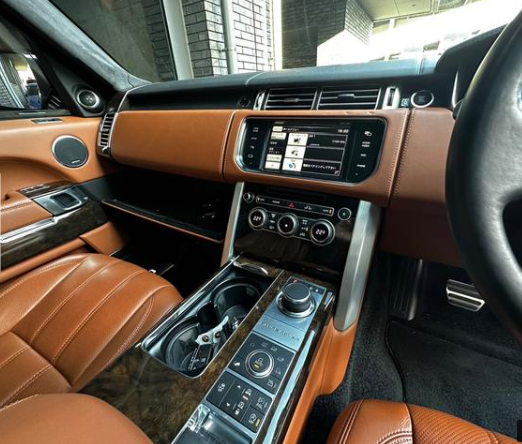
2017 Range Rover cup holders
Boot Space
The 2017 Range Rover has a cargo area of 32.1 cubic feet with the rear seats in place and 71.7 cubic feet with the rear seats folded. The long-wheelbase version of this SUV can offer up to 82.8 cubic feet of capacity when the rear seats are not in use.
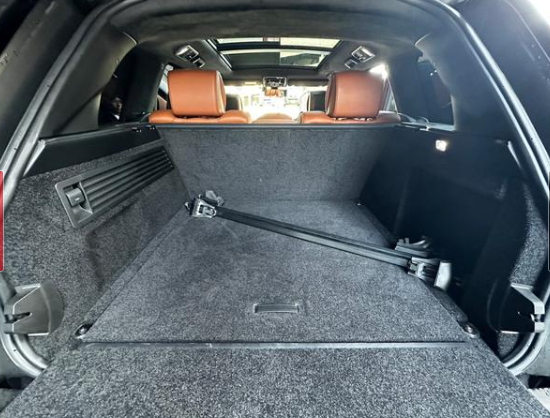
2017 Range Rover boot space
Exterior
The 2017 Range Rover features an imposing and royal look. It stamps its authority wherever it goes, therefore it can never go unnoticed.
The front end has a blacked-out grille with the Land Rover insignia mounted to it. LED taillights and blinkers give this SUV a trendy appeal that greatly influences its appearance.
The side profile has distinctive Range Rover vents and LED side mirror blinkers. The top of this SUV features a shark fin satellite antenna and a sunroof. The back end is angular and sporty, with a split tailgate. LED taillights and turn signals, as well as a double exhaust, can be spotted.
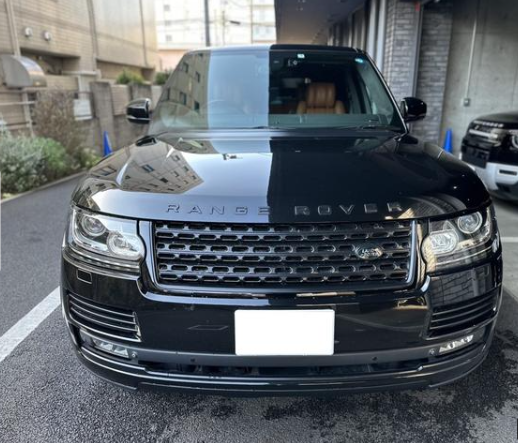
2017 Range Rover front view

2017 Range Rover side and front view
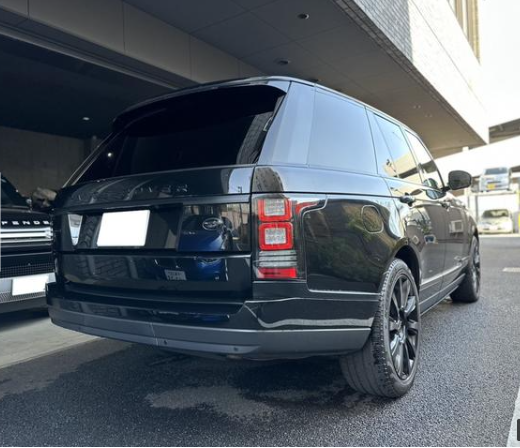
2017 Range Rover side and rear view
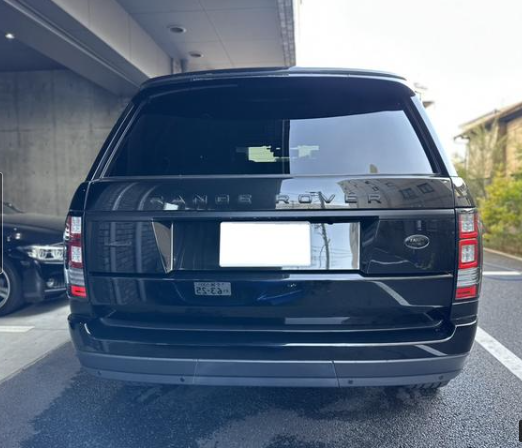
2017 Range Rover rear view
2017 Range Rover Safety Features
The 2017 Range Rover features SRS Airbags, Curtain airbags, DCS and TCS, ABS, Electronic Stability Control, Pre-crash Safety System, Radar Cruise Control, Blind Spot Detection, Pedestrian Warning, Lane Departure Alert, Frontal Collision Warning, Automatic High Beam, Run Flat tires, Active Roll Stabilization, and Electronic Damping Control.
2017 Range Rover Fuel Consumption
2017 Range Rover 3.0 L petrol engine consumption- 9.7 km/l on average
2017 Range Rover 3.0 L diesel engine consumption- 10.3 km/l on average
2017 Range Rover 5.0 L petrol engine consumption-7.9 km/l on average
2017 Range Rover Acceleration
2017 Range Rover 3.0 L petrol engine accelerates from 0-100km/h in 7.5 secs
2017 Range Rover 3.0 L diesel engine accelerates from 0-100km/h in 7.2 secs
2017 Range Rover 5.0 L petrol engine accelerates from 0-100km/h in 5.5 secs
2017 Range Rover Fuel Tank Capacity: 104 liters
Ground Clearance
The 2017 Range Rover has a ground clearance of 8.7 inches.
Service Intervals
Minor Service: At 5,000 km. Requires Air Cleaner, Oil Filter, and Engine Oil.
Major Service: At 10,000km. Requires Air Cleaner, Oil Filter, Fuel Filter, ATF Filter, Cabin Filter, Plugs, Front Brake Pads, Rear Brake Pads, ATF Oil, and Engine Oil.
Spare Parts and Availability
Service parts are fairly priced and available in major towns in Kenya. Body parts are expensive and mostly available in Nairobi
Stability And Handling
The 2017 Range Rover is a really pleasurable car to drive on a daily basis, being powerful, comfortable, and easy to handle, due to light, and responsive steering. The brakes are also strong enough to confidently scrape off higher speeds, and they’re paired with a robust pedal feel. Even though its size suggests otherwise, the Range Rover never feels like a lumbering, overweight car.
This SUV is also equipped with air suspension, which can adjust the ground clearance height based on the road surface.
This car incorporates dynamic stability control, corner brake control, electronic traction control, and adaptive cruise control as standard features.
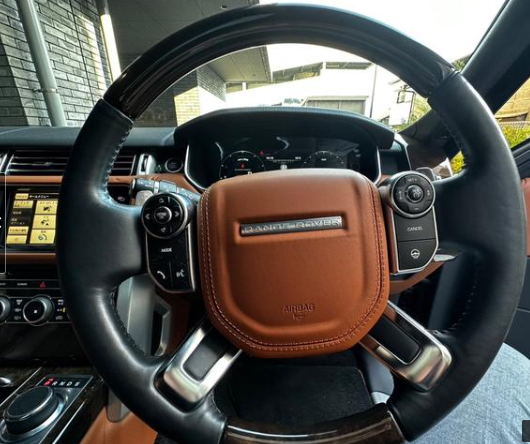
2017 Range Rover steering wheel
Reliability
The 2017 Range Rover is measurably reliable, depending on how frequently it is serviced, as faults arise with age and miles. The most typically reported issues with this SUV are electrical malfunctions and sensor failures.
On the plus side, despite its appearance as a luxury vehicle designed for use in towns and cities, it can also comfortably traverse off-road terrain.
Refer to the Ranger Rover buyer guide for a thorough dependability report. We also urge that you always follow the instructions in the owner’s manual.
Resale Value: Average
Range Rover Competitors: Bentley Bentayga, Mercedes-Benz G-class, Porsche Cayenne, Lexus LX 570, Cadillac Escalade, and Mercedes-Benz GLS.
What we like about the 2017 Range Rover
Exceptional off-road capability
Smooth ride
Luxurious cabin
Refined efficient diesel engine
What we don’t
No third-row seat option
Conclusion
The 2017 Range Rover is a luxurious SUV with a strong flair for luxury, Performance, and off-road capability. Individuals with little financial resources may find it tough to service and maintain this SUV because it requires a lot to deliver a top-notch performance.
Get More With TopCar
If you have a question about this model or any other automotive questions, you can now get answers on our forum.
If you want to sell or trade-in you vehicle, you can list it for free via our seller portal.
If you wish to purchase this model local or abroad, you can do that via our marketplace.


